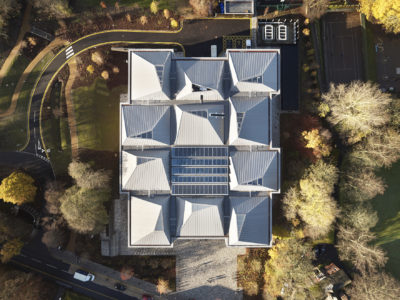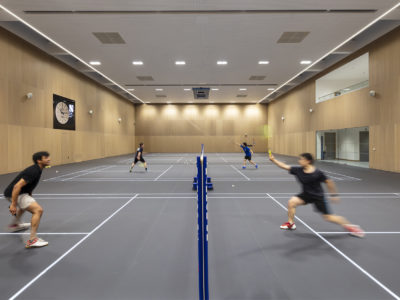University masterplans

Ian Whittle
Associate Partner,
Architect
Ian Whittle is responsible for major higher education projects and has worked with universities and developers across the UK to design exceptional research, living, learning and teaching spaces. He is passionate about reducing whole life carbon emissions and is experienced in leading masterplans that deliver sustainable campuses.
Ian is also committed to research and development, with his recent work exploring how universities can maximise their civic role as traditional town centre uses decline.
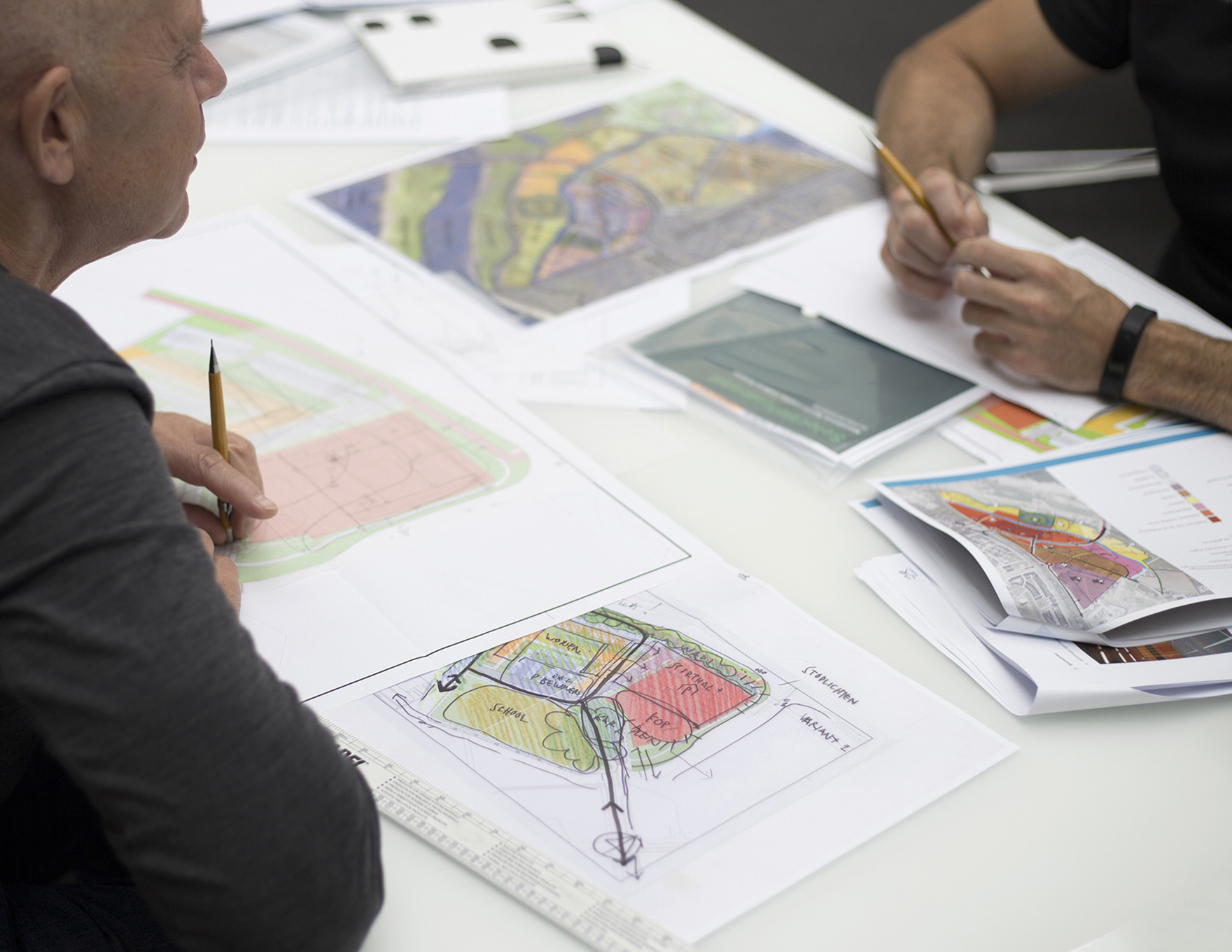
Our unique approach to campus masterplanning and estate strategy development has contributed to the growth and success of Russell Group and ‘post 92’ universities alike.
Over the last ten years we have evolved a wide range of approaches and tools which allow us to understand estate performance in detail. Through this understanding we develop estate plans which meet universities’ strategic goals, are efficient, effective, and above all deliver great places to live, work and study.
Our higher education masterplanning offer and experience is unique. Our team’s depth of understanding and experience allow us to contribute to institutional development at the highest level.
We offer what we describe as ‘Strategic Consultancy’; ensuring that estate plans are born out of and support the university’s strategy, and demonstrably deliver excellent value.
At the earliest stages of any masterplan, we collate a wide range of qualitative and quantitative data on the performance of the university and the existing estate, and robustly benchmark this data against sector standards, peers and exemplar institutions. Typically, we will consider a wide range of issues including building condition, tenure, energy use, pedagogical suitability and space utilisation as well as the estate’s relationship to its context. Through this process we bring a level of insight to estate performance which helps to unlock opportunities and identify priorities for investment.
In parallel to this analytical review, we engage with the full range of stakeholders to develop a clear and concise ‘Value Proposition’ or Vision for the masterplan. This captures a wide range of views and aspirations from across and beyond the institution, promotes consensus and serves as a means of measuring success throughout the masterplanning process.
It is important that a masterplan and estates strategy supports the university’s academic profile, organisational structure, aspirations and targets. Understanding and contributing to discussions about these issues, and offering constructive challenge where appropriate, is a key part of our methodology and approach. Our experience gives us a valuable insight into the trends and common issues affecting institutions across the sector.

Our commitment to placemaking is at the heart of our masterplanning approach.
Place is a key differentiator between institutions in a global market, and an important component of a strong university brand. Universities also perform a key civic role in their towns, cities and regions. The campus environment, and the way in which it connects to its location, must communicate a university’s values as well as support an excellent experience for students, staff and visitors.
Our detailed understanding of the Higher Education sector is supported by a sustainable design approach which prioritises the creation of inspiring internal and external spaces — spaces which support effective teaching and learning, the wellbeing of students and staff, and create a sense of community.
Our approach balances these considerations with the need to maximise utilisation of space and resources to reduce environmental impact and to create new opportunities within the estate.


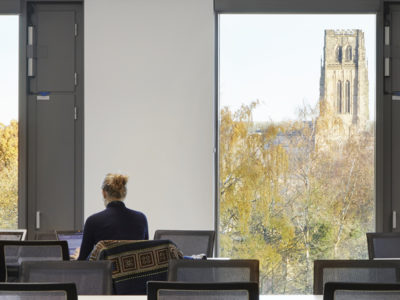
We understand that things change, and that universities need the flexibility to respond to opportunity and challenge.
Typically, university masterplans are created for implementation over a period of 10 years or more. This means that a rigid masterplan with prescriptive uses for buildings and spaces is rarely appropriate.
However, we find that there are inevitably two or three strategic projects which need to be implemented in quick succession to address the main objectives of the masterplan. These projects, carefully defined, can often meet a significant number of the masterplan objectives defined by the Value Proposition.
We often characterise this first part of the masterplan implementation as a ‘Development Framework’, taking place over the first five years and meeting established requirements. The work to be undertaken in the second half of the plan is often more difficult to precisely define, but parameters and guidelines can be set to guide how opportunities should be brought forward.
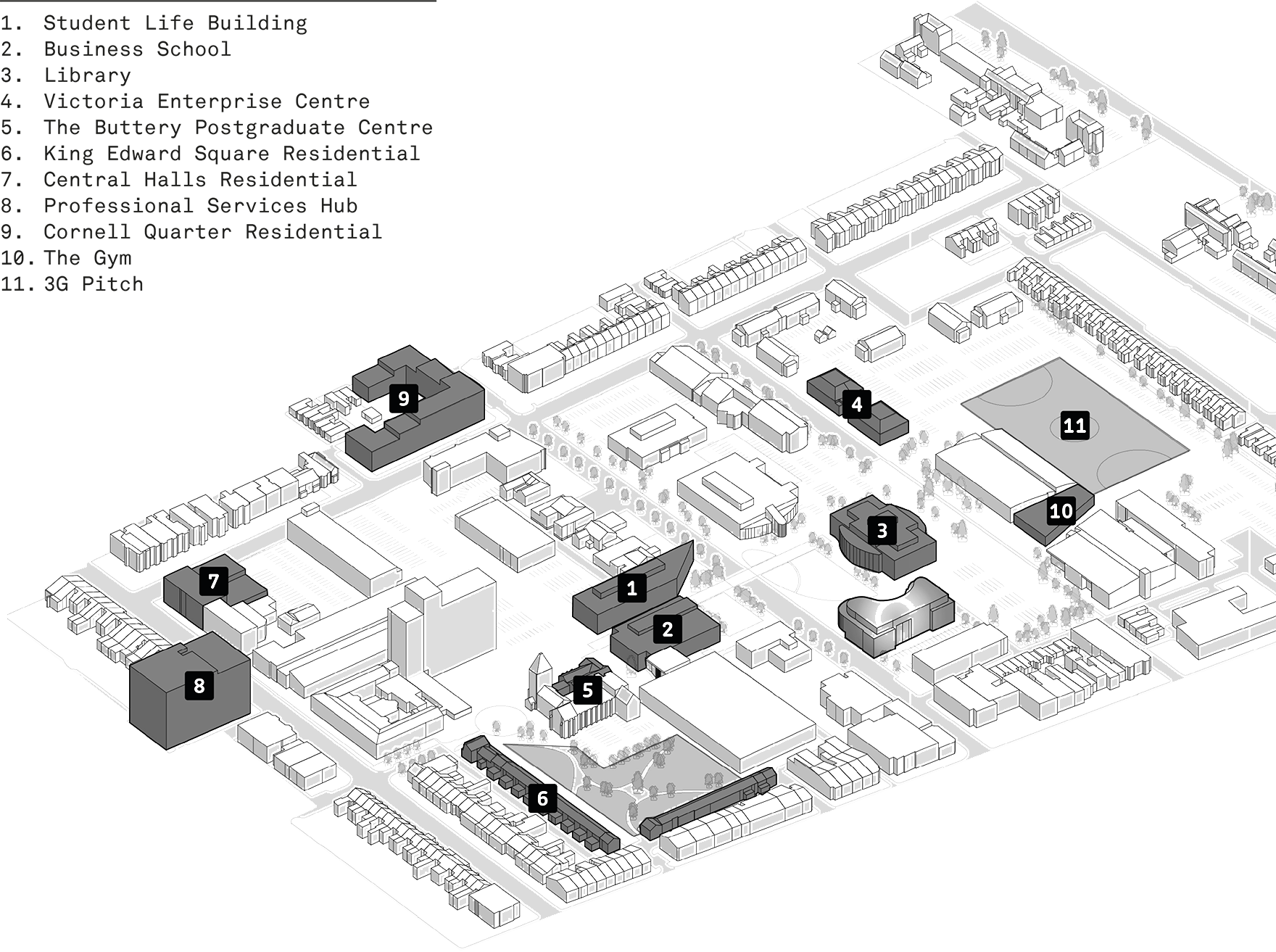
As the challenges facing higher education institutions continue to evolve, so too we continue to expand our understanding through research and exploration in a range of fields, including mental health and wellbeing.
High profile media coverage of a ‘mental health epidemic’ amongst young people has increased awareness of this issue amongst the general public, and universities are experiencing rapidly increasing demand for counselling and support services.
Whilst the focus on wellbeing is often framed solely as a response to a mental health crisis, we believe the creation of inspiring campuses which promote wellbeing can enhance performance and productivity generally, allowing students and staff to excel in their chosen field and in life outside of the classroom.

Referred to during the masterplanning process, our Design for Wellbeing Framework identifies a range of campus and building design interventions which support the widely recognised ‘Five Ways to Wellbeing’ actions described by the New Economics Foundation.
